On pastures, cattle are often attacked by pests such as horseflies and flies. As a result, stress causes cows to eat less and become restless, resulting in lower weight gain and milk yield.
Especially in the summer, when the temperature rises, many horse flies come flying, so it is necessary to take measures to maintain stable livestock productivity.
Aphid's habits
Eggs are laid on the underside of leaves of plants and hatch in about a week. After hatching, the larvae drop into the water or onto the ground. In the larval stage, horseflies live like maggots in moist soil, preying on insect larvae and earthworms.
The larval period is long, and it becomes an adult while repeatedly molting over a period of 1 to 3 years. *If there is a shortage of food or the weather is unfavorable, the development of the larvae will be delayed and the year of emergence will be different.
Adult horseflies resemble bees, but have only one pair of wings. The head has large compound eyes (collection of hundreds to tens of thousands of small eyes) and short antennae between them, which allows them to find prey and sense the attack of natural enemies.
Like mosquitoes, only females suck blood to obtain the nutrients necessary for the development of their ovaries, but males suck tree sap and nectar.
Damage to livestock by horseflies
The mouth of the female horsefly has sword-shaped mandibles and mandibles, and is designed to tear the animal's skin and suck the blood that oozes out from it. Therefore, when sucking blood, it gives a strong pain to the animal.
In the case of cows, when attacked by horse flies, they kick their legs up, hit their heads hard against their backs, etc., and swing their tails higher than their spines. As a result, cows eat less and produce less milk due to stress.
About bovine leukemia
Bovine leukemia is a cancer of lymphoid cells caused by infection with the bovine leukemia virus, and there is no cure. It begins with symptoms such as emaciation, loss of energy, anorexia, decreased milk production, diarrhea, and constipation, and finally, swollen lymph nodes throughout the body and bulging eyes.
Infection is established even with a very small amount of blood, and the infection spreads when a horsefly that sucks the blood of an infected cow sucks the blood of other healthy cows.
Typical horsefly species
Blood-sucking behavior varies depending on the type of horsefly. Some species prefer to feed on livestock, while others prefer humans. The emergence of adults tends to be concentrated in summer, but even in the same species, emergence occurs earlier in warm regions and later in cold regions.
The period of occurrence is usually around one month, but it is slightly longer for the black-headed fly and the black-eyed fly. Many species are active at temperatures above 18°C, but tend to be more active at temperatures above 30°C. In addition, on rainy or windy days, horsefly behavior is suppressed.
White Paw: About 2 cm long, gray-black body with 5 vertical gray lines on the chest and back. It occurs from mid-June to mid-September and prefers to feed on humans and cows during the day.
Spotted fly: Approximately 0.8 to 1.2 centimeters long, with dotted spots on the wings. The thorax is dark brown with 5 vertical lines. Appears from July to September, and attacks people and livestock violently both during the day and in the evening, sucking blood.
Red-fly: About 2.5 cm long, gray-brown or gray-black body, bluish-black thorax and back with a triangular spot in the center of the abdomen and back.
Akaushi habu: Large with a body length of about 3 cm, the head and antennae are orange, and the thorax and back are dark brown with 5 yellow vertical lines. It occurs from mid-June to early September, peaks from mid-July to early August, and shows blood-sucking activity on people, cattle and horses during the day. It has a habit of attacking the upper body of humans and the back of cattle and horses, and sucks a large amount of blood at a time of 0.6 ml.
Black-headed fly: About 1 cm long, with large black spots on its wings. The thorax and abdomen are black, with a large yellow spot on the abdomen. It occurs from May to September and sucks blood during the day.
Iyoshiroobiab: About 1.5 cm long, body black, chest dark gray, abdomen black with white horizontal bands. It occurs from early July to late September, and peaks from early to mid-August. * The first egg is laid without sucking blood, and then the second egg is laid after vigorously sucking blood.
Golden robin: About 1-1.3 cm long, golden overall with green eyes. It occurs from early July to late September and attacks people's heads intensively during the day.
How to control horseflies
The key to pest control is to eliminate the source of the pest. However, since the larval stage of the horsefly is distributed over a wide area in the moist soil, it is difficult to apply chemicals to the source, and no effect can be expected.
There is no effective control method for larvae, and control is mainly for adults.
Use of drugs (pour-on, ear tags, etc.)
The drug applied to the back of the cow has a repellent effect and kills insects upon contact. It is effective for a certain period after application. Depending on the medicine, there are some that can be used for milking cows and others that cannot be used, so please consult with a veterinarian in advance.
Since horseflies suck blood for a short period of time, we cannot expect the effect of preventing parasitism unless it is a fast-acting insecticide.
Using traps
It is a method of catching horseflies by visually attracting them with silhouettes, colors, temperature, moving parts, etc., or by physically attracting them by using carbon dioxide gas exhaled by animals.
The type that triggers with carbon dioxide uses dry ice or liquid carbon dioxide in a cylinder as the trigger source. The drawback is that replenishment of carbon dioxide gas and adjustment of the flow rate require labor and cost.
Click here for Inohoi's recommended Ab Trap>>
physical control
In order to prevent the entry of horse flies, insect screens are put up on the windows of barns, and rope curtains are hung at the entrance. However, the drawback is that the heat is accelerated in the summer. Shelters in grazing facilities help reduce the infestation of dark-shy species of horseflies.summary
The problem of horsefly control is not only in livestock farming, but recently there is growing interest in resort areas and the leisure industry. However, since horseflies inhabit diverse and wide-ranging environments, it is impossible to completely control their occurrence. It is important to take countermeasures against horseflies to reduce damage using various control methods according to the situation.

 箱罠
箱罠
 くくり罠
くくり罠
 パーツ類
パーツ類
 電気柵
電気柵
 自作キット
自作キット
 防獣グッズ
防獣グッズ
 監視カメラ
監視カメラ
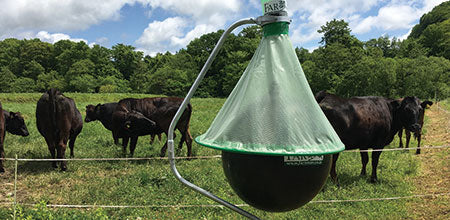
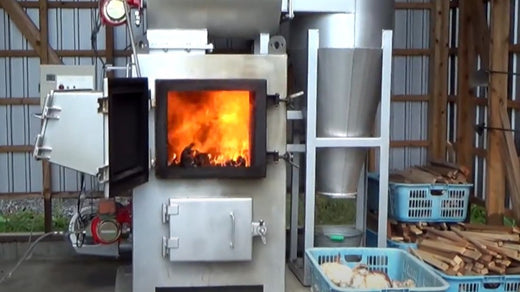
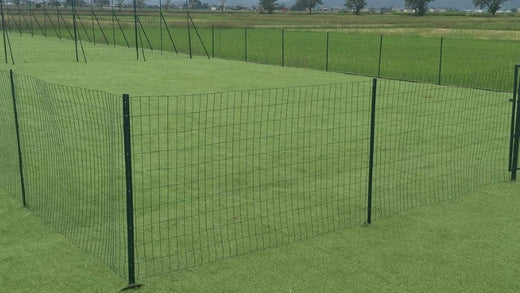
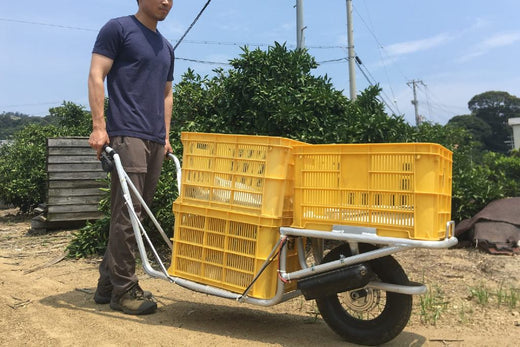
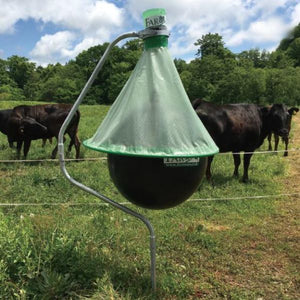
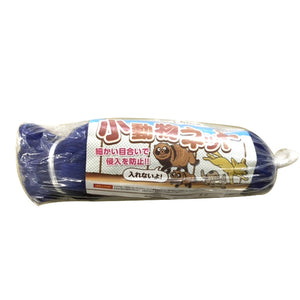

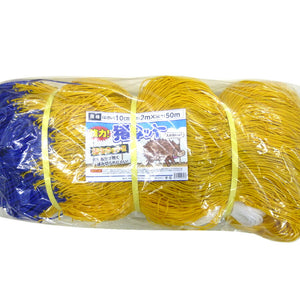

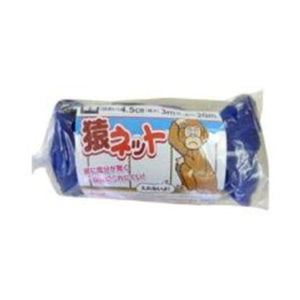
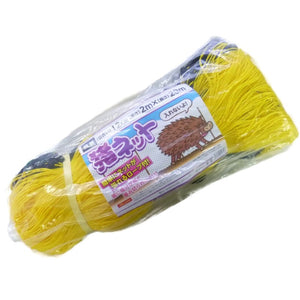
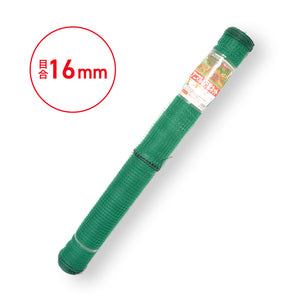

 box trap
box trap
 tying trap
tying trap
 enclosure trap
enclosure trap
 Prevention and avoidance goods
Prevention and avoidance goods
 electric fence
electric fence
 trap surveillance camera
trap surveillance camera
 transportation goods
transportation goods
 Trap detection sensor
Trap detection sensor
 hunting supplies
hunting supplies
 hunting books
hunting books
 Anti-bird goods
Anti-bird goods
 Agricultural materials/machinery
Agricultural materials/machinery
 boar
boar
 deer
deer
 Kyon
Kyon
 monkey
monkey
 raccoon
raccoon
 Badger
Badger
 palm civet
palm civet
 raccoon dog
raccoon dog
 nutria
nutria
 mouse or rat
mouse or rat
 Mole
Mole
 bear
bear
 pigeon
pigeon
 Crow
Crow







